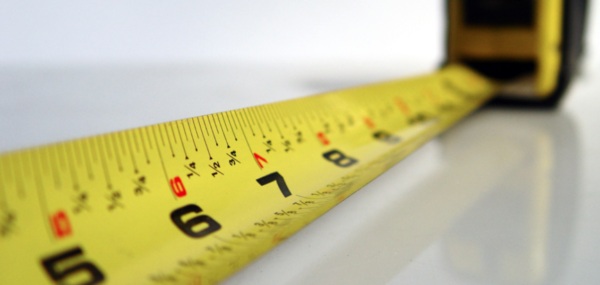 At large-scale tasting events one very good indicator that I’ve sampled something quite fine is a reluctance to spit the wine out, as is customary. I used to consider this a kind of professional failing until I realized that when a wine is still interesting after being aggressively swished and sloshed for long seconds it’s because it has something to give on its way down that I don’t want to miss. It has always seemed to me that when it comes to wine that’s really worth drinking you just don’t get the whole experience until you swallow, although I couldn’t have explained why.
At large-scale tasting events one very good indicator that I’ve sampled something quite fine is a reluctance to spit the wine out, as is customary. I used to consider this a kind of professional failing until I realized that when a wine is still interesting after being aggressively swished and sloshed for long seconds it’s because it has something to give on its way down that I don’t want to miss. It has always seemed to me that when it comes to wine that’s really worth drinking you just don’t get the whole experience until you swallow, although I couldn’t have explained why.
Not until this week, looking back into my copy of Michael Schuster’s unequaled Essential Winetasting – was I reminded that a scattering of taste buds lurk in the farthest reaches of the back of mouth in something called the otolarynx. They’re positioned at the top of the esophagus, the tube that leads to the stomach, too — the better to receive whatever parting gifts wine has to give.
Length is something experienced wine tasters can frequently be heard extolling — but what does it actually consist of? A wine that provides a continuous, sustained, sequence of pleasing sensations from the time the glass touches your lips until it slides down your throat is said to have length, so does one whose flavors, aromas, and texture seems to ring on the palate even after it has gone its way, via a swallow or a spit.
We prize wines that exhibit length for the most basic of reasons: our tasting apparatus is geared to enjoy them. But it’s important to realize that in order to provide a satisfying sense of duration right to the end, wine has to have a beginning and a middle, too. It’s the aggregation of parts that ultimately conveys a satisfying sense of length.
It all begins as wine enters that brilliantly engineered sensorium, the mouth. Every fresh sip produces a strikingly immediate initial effect. It’s a sudden, intense experience and one that generally requires little effort on our part to appreciate. Perhaps because this hectic onrush of sensation (tasters often call this the attack) provides such a volume of data, its easy to be almost carried away by it. In my experience, though this part tells you less than you imagine about how the wine will perform over the course of an hour’s drinking, with or without food.
We prize wines that exhibit length for the most basic of reasons: our tasting apparatus is geared to enjoy them.
In just a second or so, we’ve moved on to a new stage, what some tasters refer to as the mid-palate. It’s at this point that wine is making itself known to every part of your mouth and its various components make their truest and most durable impression. The experience is less intense than the attack, but is more extended in time and offers room for reflection: What flavors are discernible? Do they comprise a harmonious whole? Is the balance of acid, fruit, and texture really pleasing? Hmm . . .
While it’s relatively easy for a wine to make an initial impact, holding its ground through the mid-palate is more of a challenge. It’s a bit difficult to describe the experience when it fails at this, but I perceive it as a kind of falling off, a sense that something taut has gone slack. A wine that behaves this way is usually described as being short, while one that maintains its poise through this stage gives a satisfying sense of continuity and is deserving of admiration on that count alone.
The third stage is the finish, the point where length can be fully and finally assessed. Is continuity of sensation maintained right to the end? Do the flavors of wine ring on the palate after you’ve either spit or swallowed? A wine with length has palate presence that doesn’t end when the wine has left the scene. Like a phantom limb, the sensations that it once aroused live on as if still present.
On the other hand, it seems a mistake to judge a wine’s length solely by the way it finishes, since it’s obvious that the length of a thing depends as much on the beginning as the end. Lop a mile out of a journey and you’ve shortened it no matter where you made the cut. A long wine makes its presence felt from start to finish and beyond.
Precisely what it is in wine that gives it length is a question I’m not sure anyone has attempted to answer. Surely it has something to do with concentration, but I would be wary of attributing it to sheer force since it can be experienced in delicate kabinett-style riesling as well as airy, high-latitude pinot noir and nebbiolo — neither of which depend on musculature to be delicious. Length, in other words, is not size. You could call it character, I suppose, although that doesn’t go far in explaining the phenomenon.
For now, what makes some wine long and some short may have to remain a bit mysterious. Meanwhile, when a wine is just begging to stretch out to its full length you can be sure I’m not going to get in its way.
Reach me at stephenmeuse@icloud.com
Follow Stephen Meuse